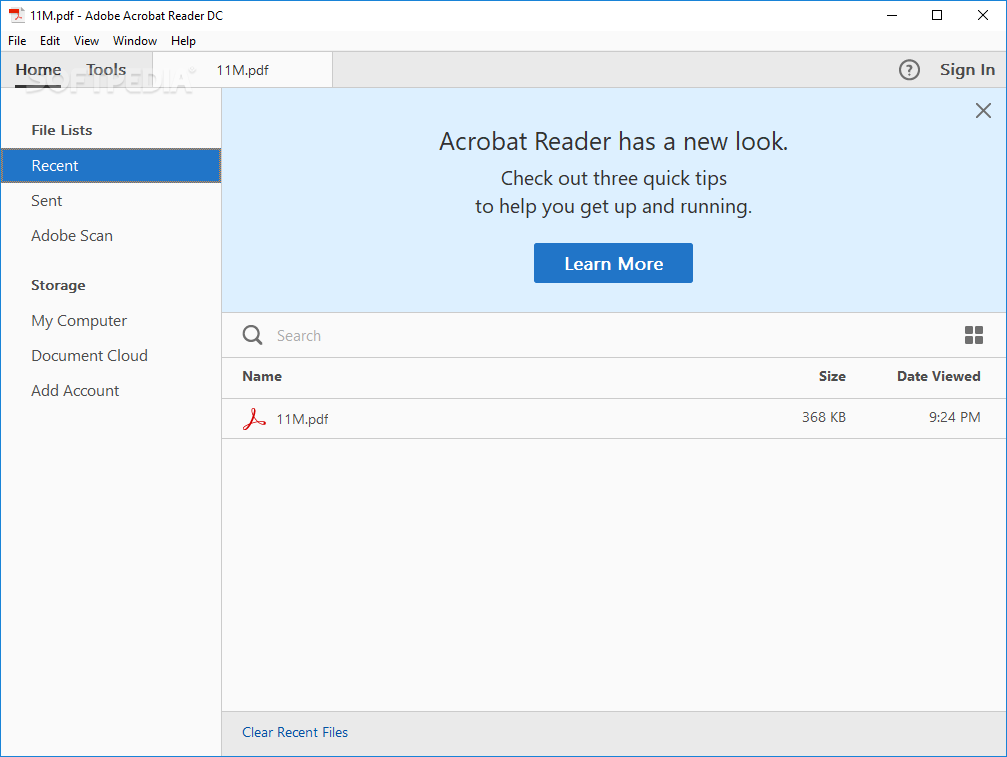

Under the dropdown menu labeled “Save as type:” select PDF.Hit “Save As” and select a location to save the file.

(make sure these two items are checked when saving the brief as a PDF) Microsoft Word will automatically add both bookmarks and internal links to the PDF if the following steps are followed. Once a brief has been completed using the appropriate Microsoft Word styles, it must be saved in PDF format.

If you need to manually add styles or are not using the brief template, each principal heading in the brief (e.g., “Statement of the Facts”) should be converted to the Microsoft Word style “Heading 1” and any subheading (e.g., “Argument #1: Sufficiency of the Evidence”) should be converted to the style “Heading 2.” (Example of Applying Heading 1 Style to Text) While styles may be added to headings manually as described below, the Appeals Court recommends using its “Brief Template,” which is available for download and has already applied the appropriate styles to each of the necessary sections of the brief using the style “Heading 1.” The brief template also easily allows for the addition of any subheadings using the style “Heading 2” by using the copy and paste function on the word “subheading” located in the brief template’s table of contents.

Styles are a set of pre-determined formatting instructions and allow for the automatic generation of various features (including bookmarks and internal links) if applied to headings contained in a brief. The easiest method to add both bookmarks and internal links to a brief’s table of contents is to use the “Styles” feature in Microsoft Word. This allows the reader to easily navigate the brief by clicking on the various components of the brief (e.g., “Statement of the Facts” or “Argument”) and being automatically brought to the desired section of the brief. The Appeals Court encourages all parties to add bookmarks and internal links to the table of contents in the brief.


 0 kommentar(er)
0 kommentar(er)
